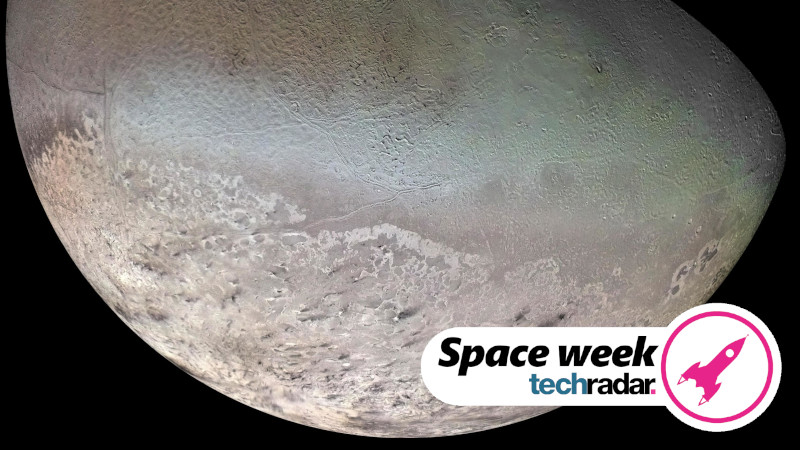
NASA has proposed a new mission to Triton, Neptune's largest moon, to find out whether it might harbor an ocean – and perhaps also life.
The plan, put forward by the space agency's Jet Propulsion Laboratory, is to send a spacecraft called Trident, equipped with state of the art imaging equipment to capture new pictures of the icy satellite.
- Are we getting closer to finding 'Planet Nine'?
- Buzz Aldrin on how you'll 'get your ass to Mars'
- How to photograph the moon
“The time is now to do it at a low cost,” said Louise Prockter, director of the Lunar and Planetary Institute in Houston and the principal investigator of the proposed mission. “And we will investigate whether it is a habitable world, which is of huge importance.”
Why is Triton important?
Data returned by the Voyager 2 spacecraft in 1989 suggested the presence of water plumes spewing from the moon's interior, suggesting that it might be geologically active and capable of supporting life, but NASA's team pointed out that any new mission would need to begin quickly.
“In order to view the plumes that Voyager saw in 1989, we have to encounter Triton before 2040,” said Dr Karl Mitchell, project scientist for the proposed mission.
As The New York Times reports, if Trident arrives too late, it will find Triton plunged into darkness – and the position of the planets and moons means it won't see sunlight again for another 80 years.


Welcome to TechRadar's Space Week – a celebration of space exploration, throughout our solar system and beyond. Visit our Space Week hub to stay up to date with all the latest news and features.
Sign up for breaking news, reviews, opinion, top tech deals, and more.

Cat is TechRadar's Homes Editor specializing in kitchen appliances and smart home technology. She's been a tech journalist for 15 years, having worked on print magazines including PC Plus and PC Format, and is a Speciality Coffee Association (SCA) certified barista. Whether you want to invest in some smart lights or pick up a new espresso machine, she's the right person to help.